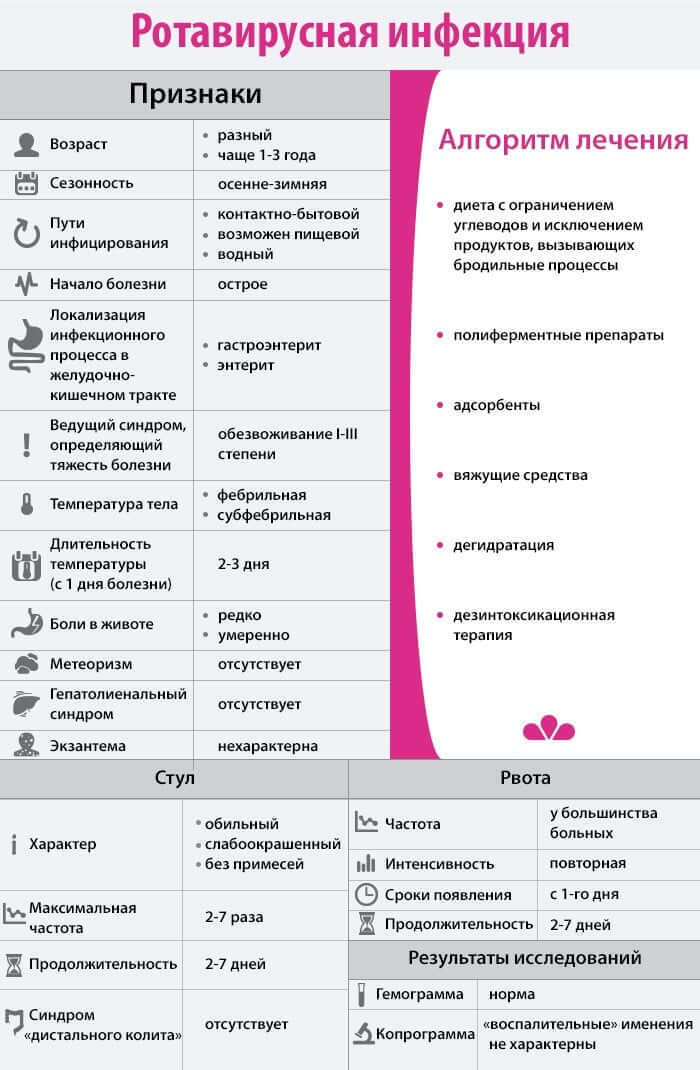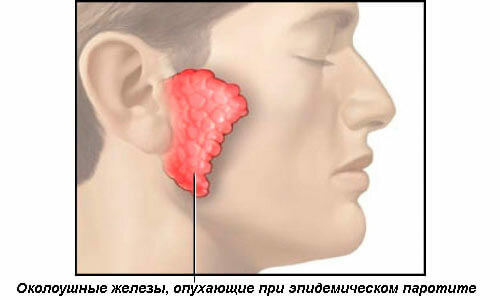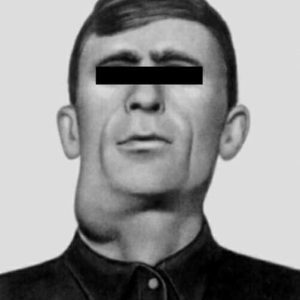Cholera: treatment and prevention of disease
 Cholera is a dangerous infection, the causative agent of which, being in the water, can keep its vital activity for a long time. Possible sources of infection are a sick person and a vibrio-carrier, from whose organism the causative agent of the disease is secreted along with vomit and feces.
Cholera is a dangerous infection, the causative agent of which, being in the water, can keep its vital activity for a long time. Possible sources of infection are a sick person and a vibrio-carrier, from whose organism the causative agent of the disease is secreted along with vomit and feces.
Description of the disease
Cholera is acute, it affects the small intestine. The disease adversely affects the water-salt metabolism, causes dehydration of varying degrees. Such changes occur in the body due to vomiting and watery stool. Cholera belongs to quarantine infections. Her pathogens are cholera embryos, which look like a curved rod. In water that lends itself to boiling, they die after a minute, under any other conditions they live for a long time and multiply.
There are types of this disease:
- water cholera;
- contact-household;
- food;
- mixed.
The minimum duration of the incubation period can be several hours, the maximum - 5 days.
Causes of
disease There is a huge number of microorganisms( more than 150 groups) that can provoke the development of cholera. The most common are the biotype of the vibrio El Tor and the classical biotype.
Transmission of infection is possible in such ways:
- close contact with a sick person;
- use of infected items, things, food and water;
- unwashed hands;
- insects( flies are especially dangerous).
Symptoms of cholera
Symptoms of each person can be different. Usually, when developing cholera, severe watery diarrhea is observed without an odor, sometimes with impurities of blood( gradually becoming more dense), while feces have the appearance of rice broth. Then there is a profuse vomiting. If such symptoms do not last long, the body becomes dehydrated. The result of this process is the wrinkling of the skin of the face and soft tissues, in the future - the appearance of muscle cramps, weakness of the whole body. Pain in the abdomen is absent. If not treated adequately, half of the patients die.
The child's body suffers much more than the body of an adult. This is because children are more dehydrated and take less time to appear. In addition, they often notice cramps, the functioning of the central nervous system is disrupted, which is manifested by inhibition. There is a blurred consciousness, fever, a coma is possible.
Complications after cholera can be quite serious: acute kidney failure, CNS disorders, manifested by convulsions and coma, hypovolemic shock. The disease does not always develop when a person is infected, a person can be a carrier of the pathogen.
Degrees of severity of
- disease are easy dehydration;
- loss of 4-6% of fluid - reduces the level of hemoglobin, dizziness, weakness, dry mouth, thirst, in some cases - convulsions, and also blue fingers, both on the legs and on the hands;
- loss of 7-9% of the fluid - body temperature is 35.5-36 degrees, urination may stop and blood clotting due to a decrease in the concentration of potassium and chlorine may occur.
- loss of more than 10% of the fluid - at this stage of the disease the face becomes angular, the skin is sticky and cold, the skin around the eyes is dark, convulsions appear, blood pressure and temperature( up to 34.5 degrees) fall abruptly, death is possible.
Diagnosis
Diagnosis is based on bacteriological examination, which is the main method of diagnosis. Vomitive masses and bowel movements are investigated.
If contact occurs with the causative agent of cholera, the patient is given a salt laxative - magnesium sulfate, excrements are sent for analysis. The result becomes known in 12-36 hours. For faster diagnosis of cholera, other methods are used - immobilization, immunofluorescence and microagglutination in phase contrast.
When clinical diagnosis shows the presence of infection, additional studies should be carried out in a short time to exclude other causes - acute forms of food poisoning caused by staphylococcus, dysentery, salmonella and other such diseases. These diseases differ from cholera in that they start with vomiting, and not with diarrhea, and the loss of fluid does not happen so quickly.
Treatment of
With cholera, hospitalization is mandatory. The main task in its treatment is to stop the process of water loss by the body, restore the normal water-salt balance by applying solutions containing sodium bicarbonate, glucose, chloride, and potassium chloride.
The patient's diet includes products with a high content of potassium salts, they are rich in potatoes, dried apricots, tomatoes. With dehydration of the third and fourth degree, levomycetin or tetracycline is prescribed.
Patients are kept in the hospital until full recovery. With timely treatment, the prognosis of recovery is favorable in almost all cases.
The use of folk remedies
The most popular methods are:
- infusion, made from alcohol( 40%) and birch buds - stops vomiting, takes 1 tbsp. Spoon with a frequency of 1 hour;
- rhizomes of calamus aira - they are chewed for a long time or used in the form of condensed tincture based on 40% alcohol( used for disinfection of face and hands, for rinsing).
- infusion of leaves and bark of Amur velvet - 1 tbsp. L.Raw materials are poured with boiling water( 1 glass), the prepared product is used daily before eating( 3 to 5 times), the recommended dosage is 2-3 tbsp. L.;
- infusion from garlic root of angelica ordinary - for preparation take a white wine( 500 ml) and crushed root of a medicinal plant( 30 g).Mixed ingredients are infused for 6 days;The product must be frequently shaken, and take before eating twice or thrice a day for 0.5 cup;When the infusion ends, the garlic is eaten;
- tincture of grass vinca water - on 0.5 liters of boiling water you need to take 2-3 st. L.Grass;The obtained infusion is recommended to be applied before meals( half a glass 3-5 times a day);
- tincture prepared on the water from a simple woodworm in the form of grass - 1 tbsp. L.Herbs are poured with boiling water( 1 glass) and insist for 2-3 hours, after which add a little honey;Take it before meals( 3-5 times a day for 2-3 tablespoons);
- infusion from the bark of young oak - tincture is used for severe diarrhea;To prepare this product you need 1-2 tbsp. L.Of young oak pour boiling water( 1 glass) and leave to infuse for 3 hours;Use it advise on 3 tbsp. L., Observe the interval of 2 hours.
Prevention
Cholerogen-toxoid and corpuscular cholera vaccine are used as prophylactic agents.
Be sure to monitor the quality of water that is used for drinking. Dogs that were near the infected person for more than 5 days should be observed by doctors. If you are going to visit a country where the probability of catching cholera is high enough:
- drink boiled water, use only that ice that was made from boiled water;
- expose food to heat treatment, carefully monitor their freshness;
- use fruits and vegetables only when peeled;
- do not eat poorly processed, raw and suspicious foods.
Because the vaccine is not a reliable tool, all recommendations must be followed! If this condition is met, the risk of cholera infection is minimal.



